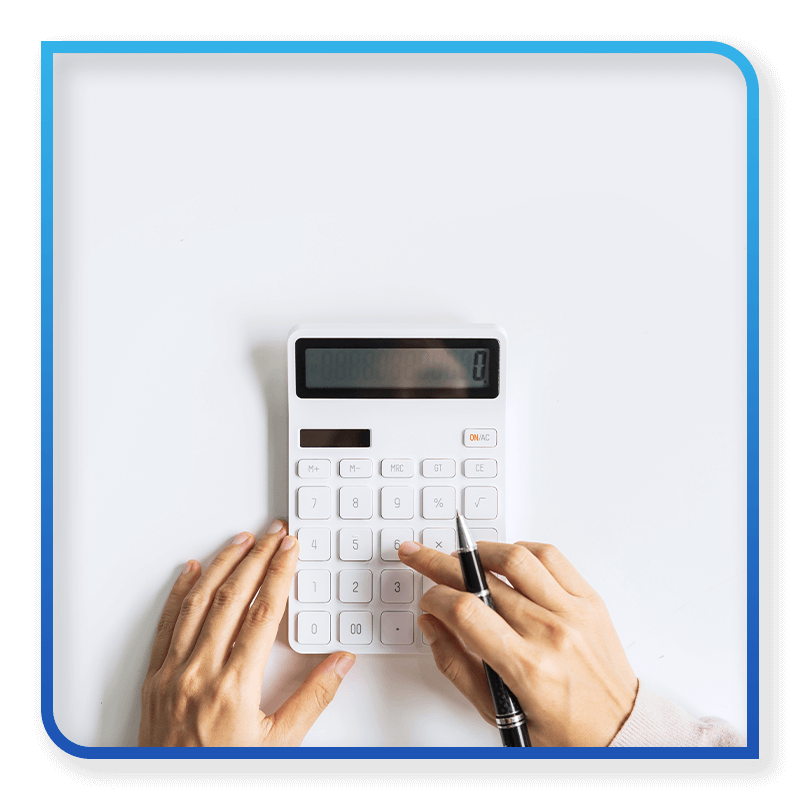
We understand the importance of starting your child’s oral health journey early. We proudly offer dentistry for children, providing a warm and welcoming environment in New Jersey. From their first tooth to their teenage years, our experienced team is dedicated to monitoring your child’s oral development and ensuring their smiles stay healthy and bright.
We offer preventive and emergency services tailored to their needs, helping instill good oral hygiene habits. We are here to address any questions or concerns about your child’s dental care, making every visit a positive experience for the whole family. Trust us to be your partner in fostering a lifetime of healthy smiles for your child!

Your child’s dental appointments are more than just routine check-ups and cleanings—they’re opportunities to create a positive and comfortable experience at the dentist’s office. Although baby teeth may seem insignificant, they play a vital role in establishing proper oral health early on. Our goal is to lay a solid foundation and promote good habits that will benefit your child’s oral health as their adult teeth come in. Our children’s dental appointments in New Jersey adhere to these general steps:
During our consultation, we’ll discuss their dental health history with you and your child, establishing necessary oral health routines and appropriate timings. We’ll address and guide potentially detrimental habits your child might develop, such as thumb-sucking, and discuss practical strategies to overcome them. For older children engaged in sports activities, we also offer the provision of custom mouthguards to ensure the safety of their teeth.
Our family dentist will examine your child’s mouth, potentially incorporating X-rays to assess bone health and identify any signs of tooth decay. In cases where issues such as tongue-tie, lip-tie, or the need for a space maintainer or orthodontics are observed, we may recommend a referral to a specialist for further treatment.
Following the exam, we will delicately clean your child’s teeth, removing any naturally accumulated plaque from eating and drinking. Emphasizing a healthy diet restricting sugary or starchy foods is also beneficial in safeguarding their teeth from decay.
Parents are encouraged to assist children three and older with brushing twice daily using fluoride and soft-bristled toothpaste. Numerous apps and videos are available to make toothbrushing enjoyable and to provide engaging ways to instill proper oral hygiene habits.
We typically administer dental sealants and fluoride treatments as part of our New Jersey appointments. These interventions shield teeth from cavity-causing bacteria by filling the natural crevices in back molars. Both treatments are quick and painless, contributing to maintaining strong and healthy teeth for your child.

We know searching for a family dentist you can trust can be time-consuming and sometimes frustrating. We assure you that not only are our dentists highly trained and experienced in modern and minimally invasive dentistry, but we’re also able to welcome patients of all ages.
From dentistry for kids to restorative and cosmetic dentistry, we invite your entire family to experience a welcoming atmosphere, convenient scheduling, and advanced technology. We also offer competitive pricing and partner with third-party financing companies to ensure your oral health is affordable and always within reach. You should expect more from your family dentist. See what Genuine Smiles has to offer!